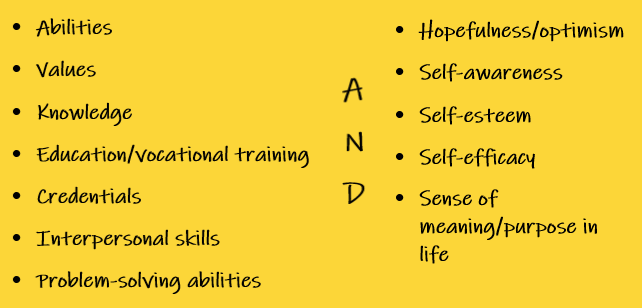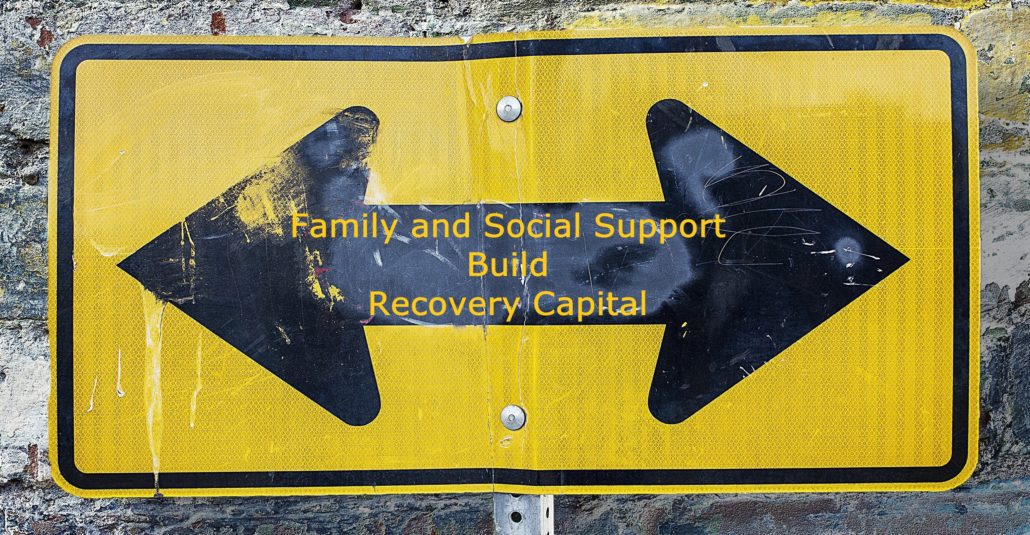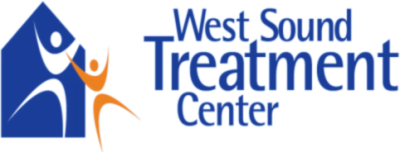Everyone wants capital, right? After all, you need it to get by in the world. It consists of your assets and your resources. The more you have, the better your ability to generate value.
But what does “capital” mean when we stick it together with “recovery”? According to *White and Cloud, recovery capital includes the internal and external resources that people can draw on to begin their recovery journey and sustain it long-term. People who have it are less likely to return to substance use, and they are also more likely to enjoy a better quality of life throughout recovery.

Not everyone has recovery capital. As with every other thing in life, resources for recovery are not doled out equally to those who need them. The good news is that even when people don’t have any, others can help them accumulate it – and I don’t just mean SUD treatment providers, although they certainly do make a difference. I’m talking about families and communities – you and me.
We can create the capital that helps people with SUDs to overcome addiction and stay clean.
Broadly speaking, recovery capital has three categories. While you read about them, consider where you fit into a successful support system that could ultimately defeat addiction in our community.
1. Personal Recovery Capital
“Personal” here refers to both human and physical capital.
Human capital in business refers to the attributes people can use to add value to the business. Those same attributes can add value to recovery, as well:

Physical capital includes the resources that allow people to secure their basic needs, such as food, clothing, safe housing (that facilitates staying sober), health, transportation, financial resources, and health care.
2. Family/Social Recovery Capital
“Family” can mean a partner, parents, kids, and other blood relations, but in the context of recovery capital, it can also mean family-of-choice relationships: people near and dear to you who take on the roles of family support. These, plus the social relationships that help to support a person’s recovery journey, are the capital that contribute to their ability to thrive in their efforts.

When measuring recovery capital, it isn’t necessarily enough for family to be drug and alcohol free. To really improve the chances of ongoing sobriety, families can participate in treatment through family counseling sessions and education classes. We can facilitate social relationships by creating social events in the community that are recovery related. More sobriety-based activities and companionship increase recovery capital.
3. Community Recovery Capital
If you didn’t see your place to jump in earlier, here’s where you can step into the spotlight. Even if we don’t have a family member in recovery, we should all be contributing to community recovery capital. It includes the attitudes, policies, and resources we as a community direct toward SUDs and recovery to resolve these issues.
Naturally, that means making treatment resources available to everyone. It also means actively working to reduce SUD-related stigma (everyone should be doing this one at least). While programs should be open to all, it is important to ensure that there are also resources that resonate particularly with those who have cultural/faith-based beliefs.
Ideally, recovery capital provides the solution to the problems that have historically undermined recovery efforts. It gives people the resources to overcome emotional trauma, pressure from family and friends to use substances, lack of motivation to change, interpersonal conflict, and other situations that raise the risk of a relapse.
Ideally, our support — as family, friends, and community — will provide the framework for a successful recovery for everyone on the Kitsap Peninsula and beyond.
*White, W. & Cloud, W. (2008). Recovery capital: A primer for addictions professionals. Counselor, 9(5), 22-27. http://www.williamwhitepapers.com/pr/2008RecoveryCapitalPrimer.pdf



2 comments